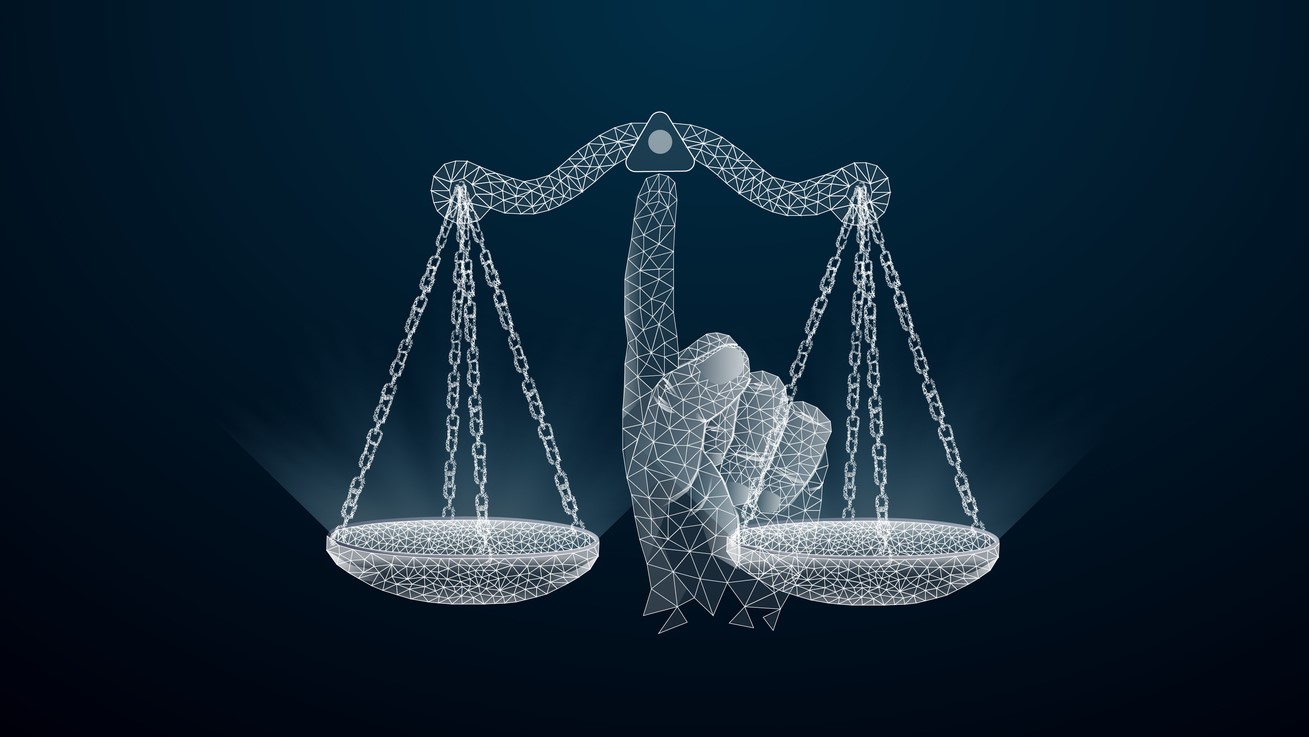zkEVM could be the endgame for blockchain infrastructure
Very few projects have come close to matching the security and decentralization of the Ethereum network. However, the inherent overhead of maintaining these two critical functions has left Ethereum burdened by low throughput and prohibitively high costs. As a result, alternative layer-1 blockchains (L1s) – which normally sacrifice security and decentralization to provide scale – have emerged to grab Ethereum’s market share.
But with Ethereum Virtual Machine (EVM)-equivalent scaling solutions that provide high throughput and low transaction fees to Ethereum itself, the question is: Do we really need these alternative L1 networks?
Despite a rocky year for the industry, Ethereum remains as strong as ever
The risk of sacrificing security and decentralization has largely materialized with alternative L1s this year. These blockchains and their communities have experienced downtime, censorship, major hacks and existential challenges caused by centralized token supply – i.e. huge chunks of tokens held by malicious individuals. Meanwhile, the Ethereum ecosystem has had another good year.
First, we have seen the long-awaited upgrade of the Ethereum blockchain from proof-of-work to proof-of-stake after the “Merge” in September. This was important for several reasons, including that it led to a massive reduction in the energy use of the network. It also set the stage for further scaling solutions in the months and years to come.
Related: Post-Merge ETH has been deprecated
There’s also the fact that Ethereum remains the leading network when it comes to the vast amount of decentralized applications, platforms and non-fungible tokens (NFTs) deployed on it, serving as the go-to blockchain for all Web3- developers. Essentially, the market hasn’t seen any of these competitors – often called “Ethereum killers” – actually “kill” Ethereum (or even hurt it).
That said, it’s understandable why the options have proliferated in recent years. As it stands, Ethereum is deeply decentralized and secure, but it is also relatively slow and expensive to use.
Making Ethereum work
To mitigate the aforementioned challenges without significant trade-offs, Ethereum has now effectively ceded execution to layer-2 solutions (L2s). Even Ethereum founder Vitalik Buterin has noted that layer-2 zero-knowledge (ZK) solutions are the future of Ethereum scaling. He has also acknowledged that further Ethereum improvements, such as sharding, will support this vision and make it more powerful.
ZK L2s are capable of processing a large number of transactions, and automatically generate mathematical proof of the validity of these transactions. This proof can then be sent to Ethereum and verified by its validators, thus offering the same level of security as Ethereum. To make this advanced technology even more appealing, these proofs do not have to reveal information about the actual transactions, thus enabling transaction privacy when needed.
ZK L2s have been around for more than a year, but wider adoption has been largely hindered by a suboptimal developer experience. Due to efficiency and complexity constraints, ZK L2s have used custom execution environments instead of the familiar and widely used Ethereum Virtual Machine. After a lot of hard work and impressive cryptographic and technical breakthroughs, developers managed to create zkEVM – an EVM compatible ZK L2.
Related: Programming languages hinder mainstream DeFi
This advanced technology allows any Ethereum project to easily transfer existing smart contracts to a zkEVM L2 without any changes to the code, thus removing the last barrier to wide adoption. Until recently, it was thought that full-function zkEVMs were still three to five years away, but recent developments have compressed that timeline considerably, with the first practical implementation of the technology already in use.
This is the key component that Ethereum has been missing to provide greater utility at scale. Decentralized financial services, NFT markets and Web3 games are now possible for regular use and global adoption. Even better, when the important upcoming Ethereum upgrades are implemented, zkEVMs will only work even more efficiently. All of this will further establish Ethereum as the blockchain of choice for all types of decentralized projects.
Do we need alternate tier 1s?
With the zkEVMs, there are no longer any barriers in terms of scalability, security, decentralization and developer experience. This then raises a fundamental question: Do we even need other L1 blockchains?
Ethereum already has the vast majority of Web3 applications built on top of it. Every other network faces a massive uphill battle if they hope to truly compete with it. Even with a perfect network that solves all scaling and security issues while remaining decentralized, any alternative L1 will still try to remove users from an established solution that already works.
Thanks to offering massive scaling capabilities, zkEVMs can also be leveraged to redefine what is possible on Ethereum as a whole. So far, prohibitively high transaction fees have incentivized applications that are either computationally efficient or fee insensitive, potentially leaving other innovative or important projects on the shelf due to these restrictions. In addition to scaling existing use cases, zkEVMs can breathe new life into these unexplored use cases, thus truly becoming the endgame of Web3 infrastructure.
Mihailo Bjelic is co-founder of Polygon. He graduated from the University of Belgrade, and previously worked as an IT engineer for more than 10 years building technological products and platforms and founded or co-founded three startups.
This article is for general information purposes and is not intended to be and should not be taken as legal or investment advice. The views, thoughts and opinions expressed herein are those of the author alone and do not necessarily reflect or represent the views and opinions of Cointelegraph.


